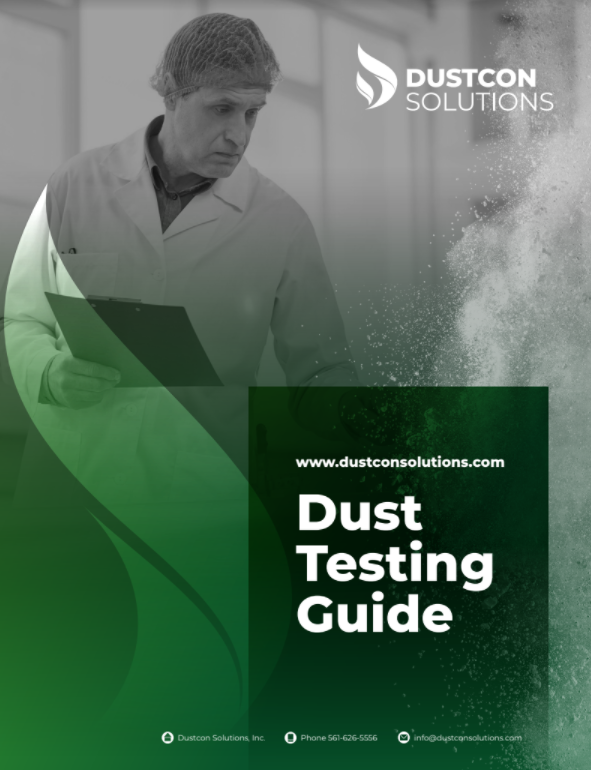Combustible Dust Testing Services
Variations in moisture content, particle size, particle shape, or composition can affect the explosiveness of a dust in significant ways. Therefore, both OSHA and NFPA have set forth guidance that all materials that may be considered combustible should be tested in order to clearly identify and assess the hazard.
Our experts can assist you in determining what samples to test and what tests should be conducted. Once testing is completed, a formal report is generated and our experts can help with analyzing the data. All of our dust explosion testing is performed in accordance with the applicable standards from the American Society for Testing and Material (ASTM), National Fire Protection Association (NFPA) and International Standards Organization (ISO).
How should the dust sample be prepared?
Per Protocol Testing – Sample is prepared as defined by the ASTM E1226 Protocol which requires that particle size be reduced to 95% <75μm and dried to moisture content <5%. This is the preferred preparation method for obtaining conservative results and determining worst case scenario.
As Received Testing – An alternative preparation method for testing is “As Received”. This means that the sample is tested without any drying or size reduction at the lab and the results will more closely reflect the actual explosivity of the material in the process. “As Received” testing should only be used where particle size and moisture can be controlled as variations in process conditions can under- predict the risk.

